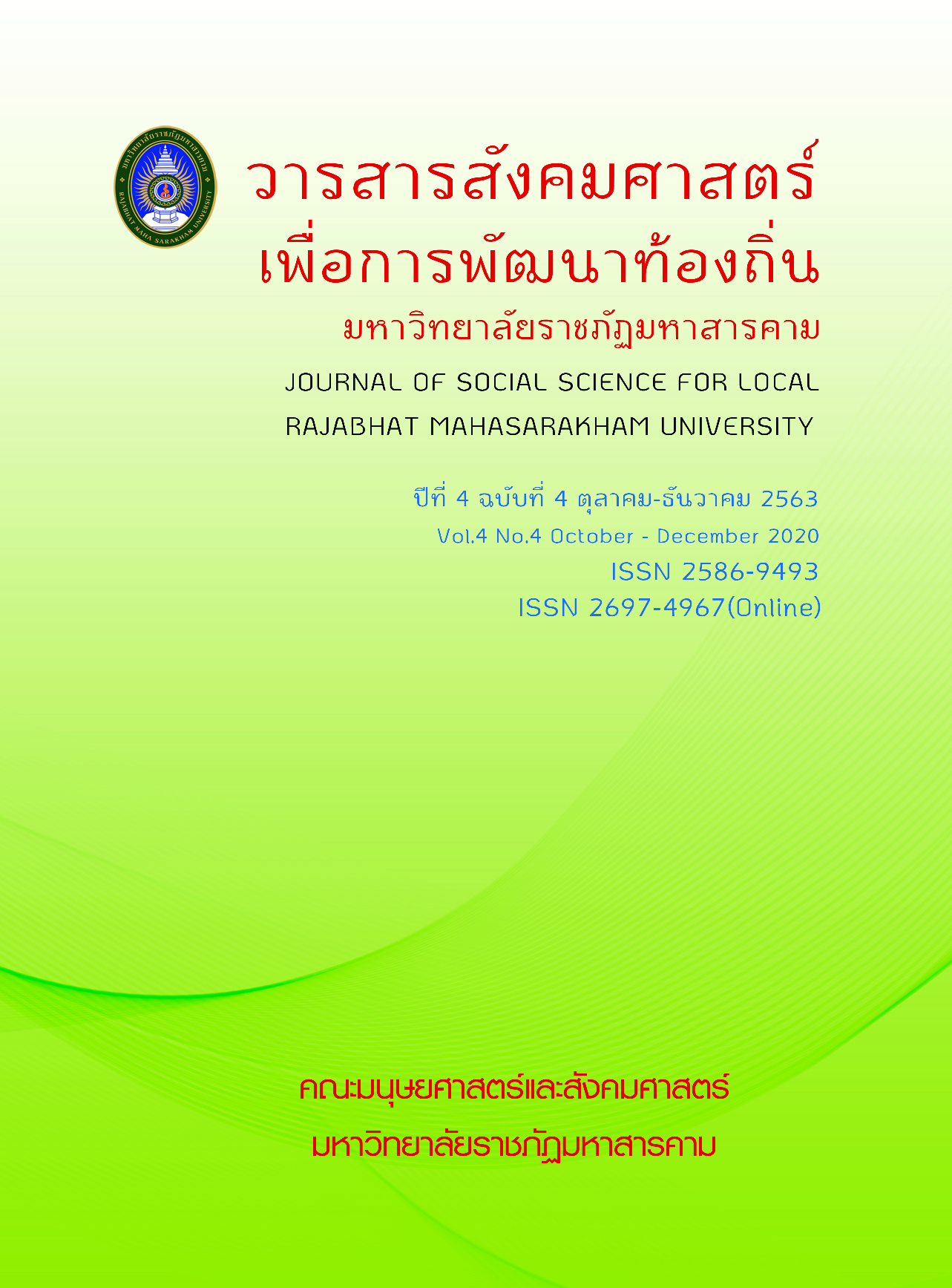The development of grade 8 students’ learning achievement and satisfaction on reading comprehension using the skill practice exercises incorporated with CIRC cooperative learning activities.
Keywords:
Development, Reading Comprehension, CIRC cooperative learning activityAbstract
The purposes of this study were 1. To develop reading comprehension skills with a skill training exercise in organizing the CIRC co-operative group activity for Grade 2 with efficiency under the criteria 80/80. 2. To determine the effectiveness index of the composite skills training exercise. Organizing activities in the CIRC group in Mathayom Suksa 2 3. To compare the learning achievement of Thai language subjects of Mathayomsuksa 2 students between pre-school and post-study scores on reading comprehension with a skill training exercise for organizing CIRC group activities for Mathayomsuksa 2 and 4. To study the satisfaction of Mathayomsuksa 2 students studying reading comprehension with a skill training form for organizing CIRC group activities, the sample group is students. Secondary School Grade 2/7, Padungnari School, Muang District, Maha Sarakham Province The Secondary Education Area Office, Area 26, Semester 2, Academic Year 2019, of 45 people, which were obtained by Cluster Random Sampling. The tools used in the research were the form of learning activities in reading comprehension, Skills practice, Thai language achievement test, questionnaire. The statistics used in the research were percentage, mean and standard deviation. And hypothesis testing using t-test. The findings were as follows: The results shown that 1) the efficiency of skill practice exercises incorporated with CIRC cooperative learning activities on students’ reading comprehension was at 83.55/82.50. The efficiency value was higher than the set efficiency value (80/80) 2) the efficiency index was 0.6008 which mean the students had learning progression at 60.08% 3) the comparison of students’ learning achievement between pre-test and post-test score was significantly difference at .05 and 4) students’ learning satisfaction after the intervention was averaged 4.60 which shown the highest level of satisfaction.


